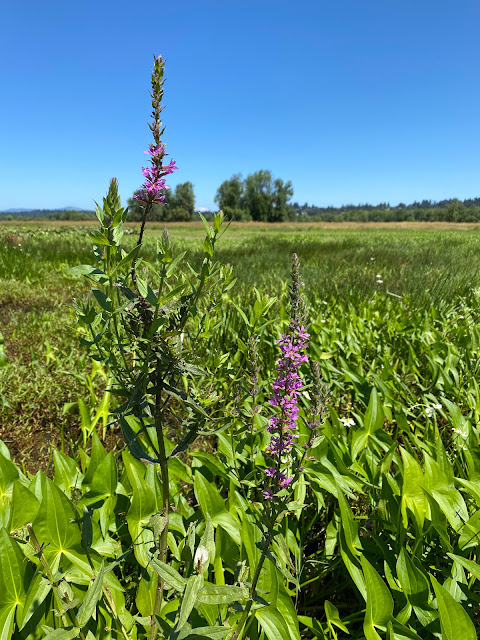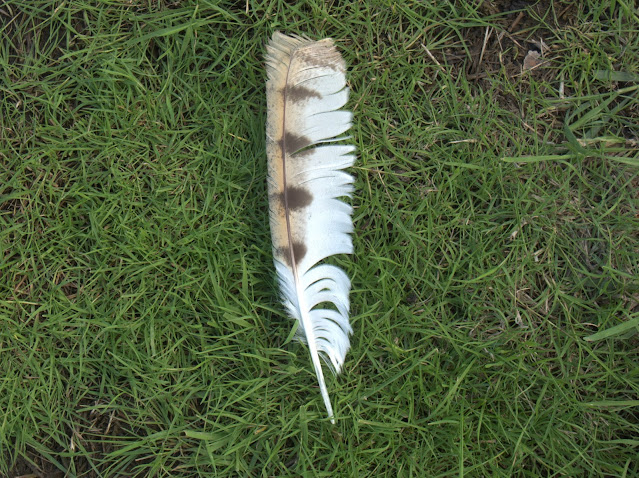Last year, with the help of volunteers, we constructed this High Tunnel with the goal to use it for propagating native plants that we collect around the refuge. As fall & winter approach, we have shifted our focus to collecting native seeds and cuttings from plants that we want to propagate in the high tunnel over the next couple seasons.
 |
A picture of the high tunnel from the East side.
Why do we want to propagate our own trees and shrubs? It is way more cost effective & environmentally friendly to start trees and shrubs from cuttings of plants that are already established around the Refuge. Propagating in this way, also allows us to experiment with different planting methods and rooting techniques - which is pertinent when we want to plant any sort of native vegetation out on the Refuge. This last week I actually purchased a variety of different rooting hormones that we will experiment with this winter, in order to determine which brand and form (solution vs. powder) works best for us. |
 |
Some Oregon Grape cuttings that I processed in the High Tunnel.
How to process your own cuttings...- The first step in processing your own cuttings is to first obtain some cuttings from out in the field.
- You must first identify what kind of cuttings you are going to take...
- There are 3 main types of cuttings
- Softwood cuttings - taken in spring
- Semi-hard wood cuttings - taken in early fall
- Hard-wood cuttings - taken in late fall after the branches have shed their last leaves
- Each native plant has a particular season in which taking cuttings and propagating them is most successful. Before you take cuttings from a particular plant, make sure that it is the proper season so that your likelihood of rooting success is at its highest. I usually just do some research using google before each planting season to make sure I have selected the proper plants!
- When taking cuttings
- I usually try to cut branches that are about as thick as a pencil & make sure that you cut close to a node (the part of a plant stem from which one or more leaves emerge, often forming a slight swelling or knob).
- Make sure they are at least 6 inches long.
- Longer branches will yield more cuttings!
- To process the cuttings
- Simply cut the larger branches down to about 6 - 8 inches long - making sure your cuts are at nodes each time
- Trim all excess branches and leaves on the cutting - you may leave a few leaves at the top
- Place the cut end into a bucket of water - a few inches deep
- When planting them in the sand pit
- Make sure the sand is moist before hand
- Punch holes in the sand about 2 - 3 inches deep using a pencil, finger, or in my case, the flat end of a random screw that I found
- If you are using rooting hormone (which I HIGHLY recommend), apply it now!
- I used a powder formulation, that I simply dipped the end of my cuttings into, tapped off the excess, and then placed directly into the sand pit in the prepared holes.
|
 |
The irrigation hose that I set up in the sandy propagation bed that we place our fresh cuttings into. The moist sand is a great environment for root formation! |
 |
Keith and I constructed this raised planter box on the western side of the high tunnel in October! This box will be utilized in the fall & winter to germinate seeds that require a bit of frosty weather to get started. As of right now, we have Common Camas, Douglas Spirea, and Golden Rod seeds planted in this bed! |






Comments
Post a Comment